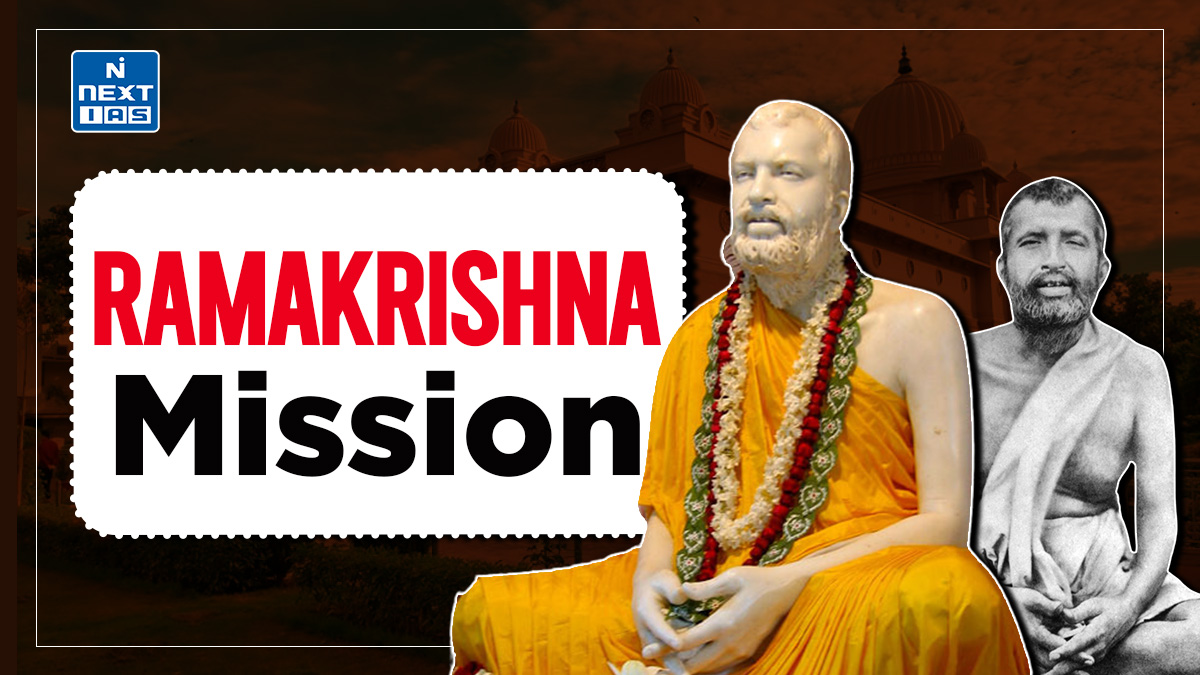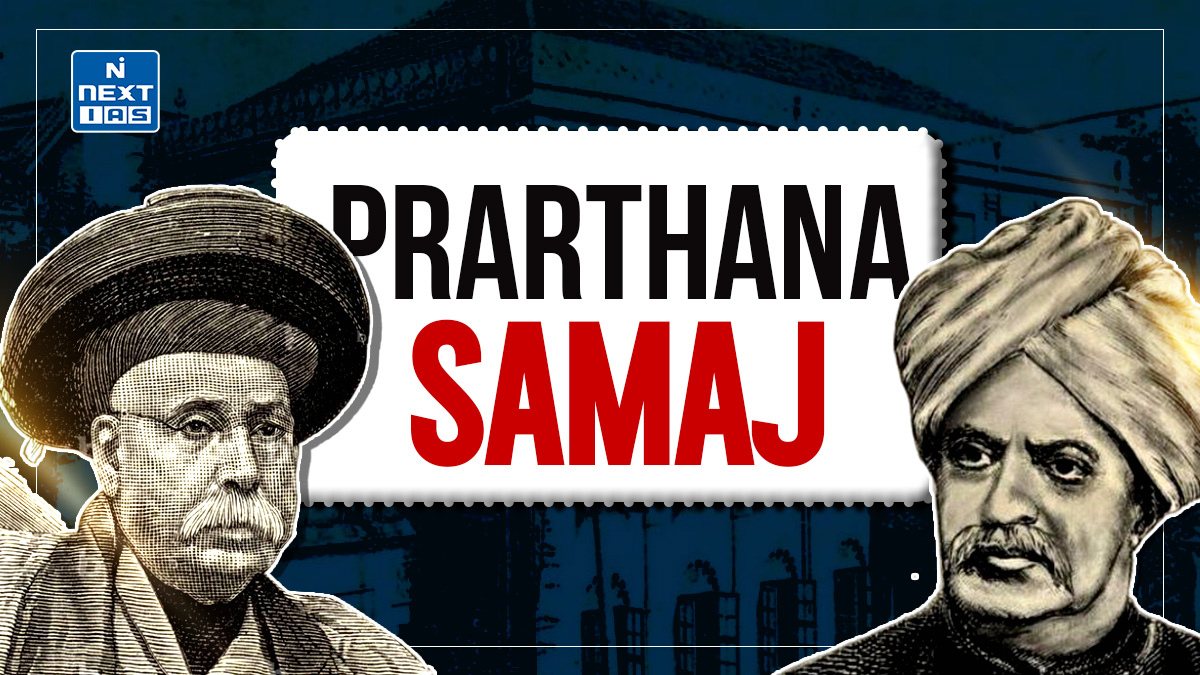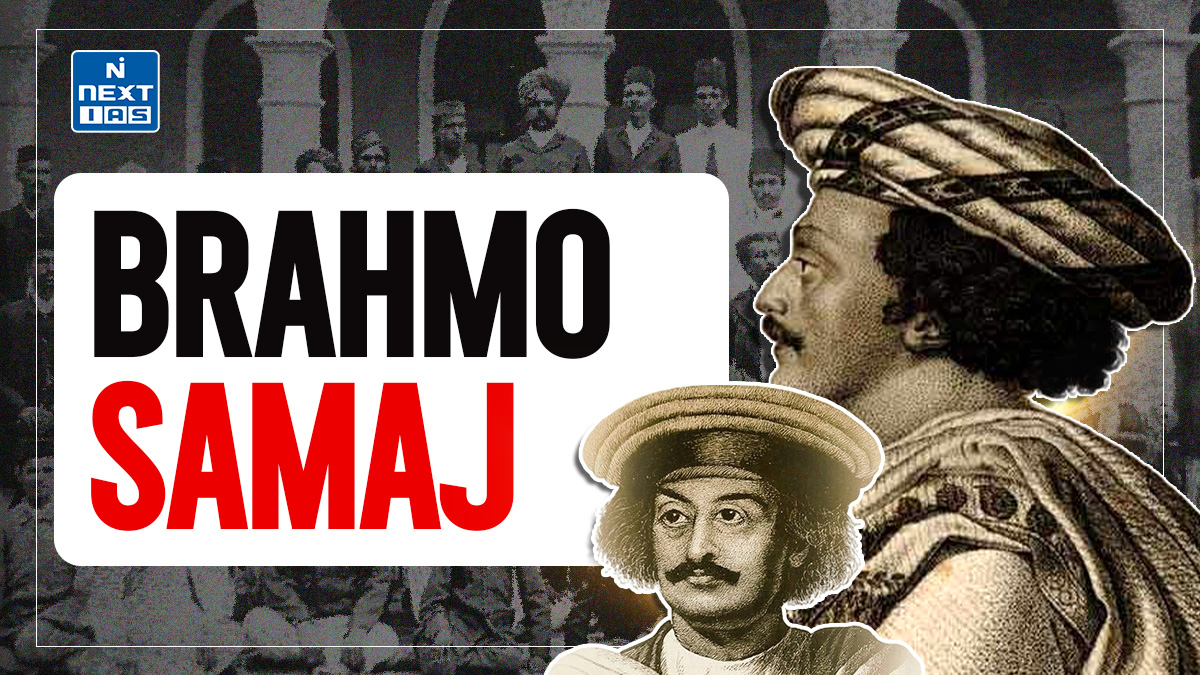
Urban Local Governments are a cornerstone of India’s democratic structure. Aimed at empowering urban communities and promoting participatory democracy, various types of Urban Local Government have been set up in India as per the socio-economic development needs of an urban area. This article of NEXT IAS aims to study in detail various types of Urban Local Governments in India, including Municipal Corporation, Municipality, Notified Area Committee, Town Area Committee, Cantonment Board, Township, Port Trust, and Special Purpose Agency.
Urban Areas hold special significance for a country like India. These areas act as engines of growth and provide doors to a higher standard of living and upward social mobility. Thus, ensuring their efficient governance is imperative. In order to achieve this objective, various types of Urban Local Government have been established in India.
What is Urban Local Government?
- Urban Local Government, also known as Municipalities, refers to the system of ‘Urban Local Self-Governance’ in India i.e. a system of governance of Urban Areas through the representatives elected by the people.
- They have been established in urban areas across all States as the third tier of government, aiming to build democracy at the local level.
- This system ensures that urban populations participate directly in the decision-making process, thereby enhancing the effectiveness and accountability of urban development initiatives.
Read our detailed article on Urban Local Government.
Types of Urban Local Government
Broadly, the following 8 types of Urban Local Bodies (ULBs) have been created in India to administer and govern the urban areas:
- Municipal Corporation,
- Municipality,
- Notified Area Committee,
- Town Area Committee,
- Cantonment Board,
- Township,
- Port Trust, and
- Special Purpose Agency.
All these types of Urban Local Bodies are discussed in detail in the sections that follow.
Municipal Corporation
A Municipal Corporation is a type of Urban Local Body (ULB), created for the administration of large cities or metropolitan areas.
Establishment of Municipal Corporation
- Municipal Corporations are established by the Acts of the concerned State Legislatures in the respective States, and by the Acts of the Parliament of India in the respective Union Territories.
- There may be one common Act for all Municipal Corporations in a State or a separate act for each Municipal Corporation in a State.
Composition of Municipal Corporation
A Municipal Corporation consists of the following three authorities:
- Council,
- Standing Committees, and
- Municipal Commissioner.
Council
- The Council is the deliberative and legislative wing of a Municipal Corporation.
- It, usually, consists of the following members:
Mayor
- The Council is headed by a Mayor.
- In a majority of states, the Mayor is elected for a one-year renewable term.
- He/she is also the formal head of the Municipal Corporation.
- The May is mostly an ornamental figure, and his/her main function is to preside over the meetings of the Council.
Deputy Mayor
The Mayor is assisted by a Deputy Mayor.
Councillors
The Council consists of the Councillors, which are directly elected by the people.
Nominated Persons
- The Council also consists of some nominated members.
- Usually, persons having knowledge or experience in Municipal administration are nominated as its members.
Standing Committees
- Standing Committees are, basically, smaller groups within the Council that focus on specific areas like sanitation, finance, or infrastructure.
- The Standing Committees are created to facilitate the working of the Council, which is too large in size.
- One Standing Committee is constituted to make decisions and oversee works related to one particular area.
Municipal Commissioner
- The Municipal Commissioner is the Chief Executive Authority (CEA) of the Municipal Corporation and is responsible for the implementation of the decisions taken by the Council and its Standing Committees.
- He/she is generally a member of the IAS and is appointed by the State Government.
Municipality
- A Municipality is a type of Urban Local Body (ULB), which is responsible for the administration of smaller cities and towns.
- The Municipalities are also known by various other names, such as:
- Municipal Council,
- Municipal Committee,
- Municipal Board,
- Borough Municipality,
- City Municipality, etc.
Establishment of Municipality
Similar to Municipal Corporations, the Municipalities are also established by the Acts of the concerned State Legislatures in the respective States, and by the Acts of the Parliament of India in the respective Union Territories.
Composition of Municipality
- Similar to Municipal Corporations, the Municipality also consists of the following three authorities:
- Council,
- Standing Committees, and
- Chief Executive Officer (CEO) or Chief Municipal Officer (CMO)
Council
- The Council is the deliberative and legislative wing of the Municipality.
- It, usually, consists of the following members:
President or Chairman
- The Council is headed by a President/Chairman.
- Unlike the Mayor in a Municipal Corporation, the President/Chairman of a Municipality is not just an ornamental figure and plays a significant role.
- The President/Chairman presides over the meetings of the Council and also enjoys executive powers.
Vice President or Vice Chairman
The President/Chairman is assisted by a Vice President/Vice-Chairman.
Councillors
The Council also consists of the Councillors, which are directly elected by the people.
Standing Committees
- Standing Committees are, basically, smaller groups within the Council that focus on specific areas like sanitation, finance, or infrastructure.
- The Standing Committees are created to facilitate the working of the Council, which is too large in size.
- One Standing Committee is constituted to make decisions and oversee works related to one particular area.
Chief Executive Officer (CEO) or Chief Municipal Officer (CMO)
- The Chief Executive Officer (CEO), also known as the Chief Municipal Officer (CMO), is responsible for the day-to-day general administration of the Municipality.
- The Chief Executive Officer/Chief Municipal Officer is appointed by the State Government.
Notified Area Committee
- A Notified Area Committee (NAC) is a type of Urban Local Body (ULB), which is created for the administration of the following two types of urban areas:
- a fast-developing town due to industrialization, and
- a town that does not yet fulfil all the conditions necessary for the constitution of a Municipality, but which otherwise is considered important by the State Government.
- A Notified Area Committee is set up through a notification in the government gazette.
- This is the reason it is called a Notified Area Committee.
- A Notified Area Committee is an entirely nominated body, meaning all the members of a Notified Area Committee including the Chairman are nominated by the State Government.
- Thus, it is neither an Elected body nor a Statutory body.
- A Notified Area Committee functions within the framework of the State Municipal Act.
- However, only those provisions of the act apply to it which are notified in the government gazette by which it is created.
- Moreover, it may also be entrusted to exercise powers under any other act.
- Overall, the powers of the Notified Area Committee are almost equivalent to those of a Municipality.
Town Area Committee
- A Town Area Committee is a type of Urbal Local Body (ULB), which is set up for the administration of a small town.
- A Town Area Committee is created by a separate Act of a State Legislature.
- The composition, functions, and other matters of the Town Area Committee are governed by the same Act.
- It may be wholly elected or wholly nominated by the State government or partly elected and partly nominated.
- It is a semi-municipal authority and is entrusted with a limited number of civic functions like drainage, roads, street lighting, and conservancy.
Cantonment Board
A Cantonment Board is a type of Urban Local Body (ULB), which is established for the Municipal Administration of the civilian population in a Cantonment Area.
| A Cantonment Area in India is a specific type of zone that houses military establishments and their associated civilian population. |
Establishment of Cantonment Board
- A Cantonment Board is set up under the provisions of the Cantonments Act of 2006 enacted by the Center and works under the administrative control of the Ministry of Defence of the Central Government.
- Thus, unlike other types of Urban Local Bodies (ULBs), which are created and administered by the State Government, a Cantonment Board is created and administered by the Central Government.
Composition of Cantonment Board
A Cantonment Board, usually, consists of the following:
Members of Cantonment Board
A Cantonment Board consists of some elected members as well as some nominated members.
- Elected Members: The elected members of the Cantonment Board hold office for a term of five years.
- Nominated Members: The nominated members of the Cantonment Board are, basically, ex-officio members, and continue so long as they hold the office in that station.
President of Cantonment Board
- The Military Officer commanding the station is the Ex-Officio President of the Cantonment Board.
- He/she presides over its meetings.
Vice-President of Cantonment Board
- The Vice-President of a Cantonment Board is elected by the elected members from amongst themselves
- The Vice-President is elected for a term of five years.
Executive Officer of Cantonment Board
- The Executive Officer of the Cantonment Board is appointed by the President of India.
- He/she implements all the resolutions and decisions of the Cantonment Board and its committees.
- He/she belongs to the Central Cadre established for the purpose.
Functions of Cantonment Board
- The functions performed by a Cantonment Board are similar to those of a Municipality.
- These functions are statutorily categorized into ‘Obligatory Functions’ and ‘Discretionary Functions’.
Categorization of Cantonment Boards
Based on the civilian population, the Cantonment Boards are categorized into the following 4 categories:
Township
- A Township is a type of Urban Local Body (ULB) that is established by large public enterprises to provide civic amenities to its staff and workers who live in the housing colonies built near the plant.
- A Township form of government has no elected member and rather functions as an extension of the bureaucratic structure of the public enterprise.
- The Public Enterprise appoints a Town Administrator to look after the administration of the township.
- The Town Administrator is assisted by some engineers and other technical and non-technical staff.
Port Trust
A Port Trust is a type of Urban Local Body (ULB), which is established in port areas for the following two purposes:
- to manage and protect the ports, and
- to provide civic amenities.
Establishment of Port Trust
- A Port Trust is created by an Act of the Parliament.
- Thus, it is a statutory body.
Composition of Port Trust
- A Port Trust consists of both elected and nominated members.
- The Chairman of Port Trust is an official.
Functions of Port Trust
The civic functions of a Port Trust are more or less similar to those of a Municipality.
Special Purpose Agency
- A Special Purpose Agency (SPA) is a type of Urban Local Body (ULB) that is established by the State to undertake designated activities or specific functions that ‘legitimately’ belong to the domain of Municipal Corporations or Municipalities or other Local Urban Governments.
- Thus, a Special Purpose Agency (SPA) is a function-based Urban Local Body (ULB).
- This is what makes it different from other types of Urban Local Government Bodies, which are area-based.
- It is because of their specific function-based creation, they are known as ‘Special Purpose Agency’, ‘Single Purpose Agency’, ‘Uni-Purpose Agency’, or ‘Functional Local Bodies’.
- Some prominent examples of Special Purpose Agencies are:
- Water Supply and Sewerage Boards.
- Housing Boards.
- Electricity Supply Boards.
- City Transport Boards, etc.
- They are established as ‘Departments’ by an Executive Resolution or the ‘Statutory Bodies’ by an Act of the State Legislature.
- They function as Autonomous Bodies and deal with the functions allotted to them independently of the Local Urban Governments (Municipal Corporations, Municipalities, etc).
- Thus, they are not subordinate agencies of the local Municipal bodies.
Significance of Urban Local Government
As the third tier of the government in India, the Urban Local Government carries multifarious significance as can be seen as follows:
- They effectively decentralize urban governance, transferring powers and responsibilities to the local level.
- They are pivotal in transforming representative democracy into participatory democracy in urban areas, involving citizens in the decision-making processes for urban development and management.
- ULBs empower local urban communities by engaging them directly in governance and development activities, allowing for more inclusive and localized decision-making.
- Reservations for marginalized groups like Scheduled Castes, Scheduled Tribes, and women in Municipalities ensure their political empowerment and enhance their representation in urban governance.
- Municipalities bring governance closer to urban residents, making the administration more responsive to local needs, problems, and aspirations, and improving civic engagement.
- Municipalities enhance the efficiency of public service delivery and the implementation of urban development programs, addressing local issues and infrastructural needs more effectively.
- Municipalities provide a platform for emerging urban leadership, nurturing their administrative and managerial capabilities, and preparing them for higher responsibilities in urban governance.
Conclusion
Various types of Urban Local Government have emerged as the cornerstone of India’s decentralized governance framework, embodying the country’s commitment to empowering local communities and strengthening grassroots democracy. Each type of urban local body plays a crucial role in the holistic development of the urban areas they serve. As India navigates the challenges of rapid urbanization, empowering these diverse local government entities will be vital in ensuring the provision of essential services, infrastructure development, and the enhancement of the overall quality of life for urban residents.
Frequently Asked Questions (FAQs)
Who is the father of Local self-government in India?
Lord Ripon is regarded as the father of local self-government in India.





